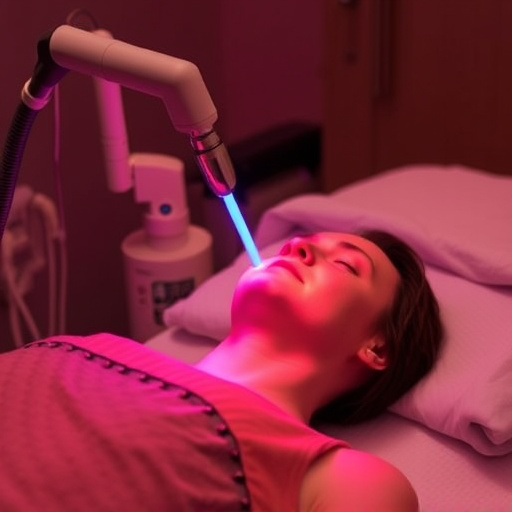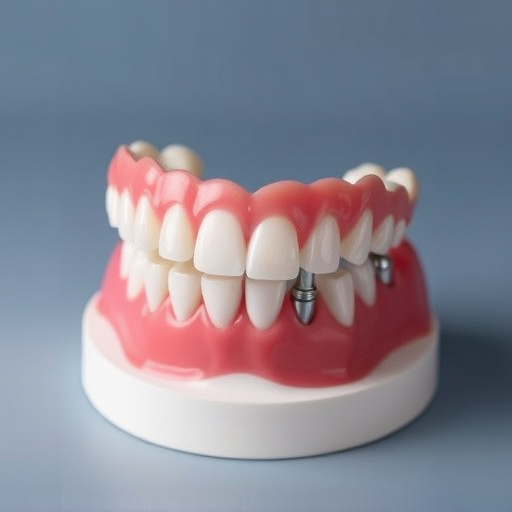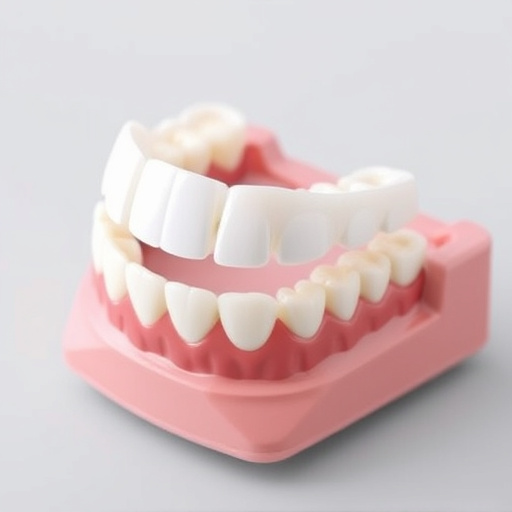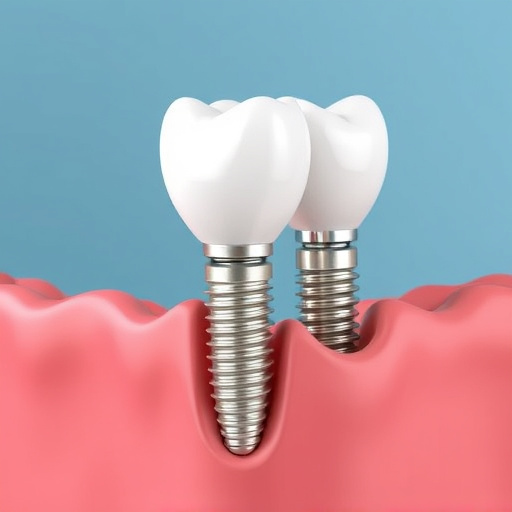Assessing pain and swelling around wisdom teeth is crucial for their safe removal. Persistent discomfort or inflammation points to potential issues like impaction, gum inflammation, or infection. Regular dental check-ups can catch problems early, as mild symptoms may be monitored. Severe cases require immediate extraction to avoid damage to nearby teeth, bones, or nerves.
Are your wisdom teeth causing trouble? It’s time to consider wisdom teeth removal if you’re experiencing persistent pain, swelling, or oral health issues. This procedure is often necessary when wisdom teeth become impacted, leading to infections, damage to neighboring teeth, and various complications.
In this article, we’ll guide you through the signs that indicate you might need wisdom teeth removal soon, focusing on pain, swelling, oral health, and lifestyle disruptions, ensuring you’re informed about this common dental procedure.
- Assessing Pain and Swelling
- – Understanding the common pain patterns associated with wisdom teeth
- – Recognizing signs of infection and swelling around the impacted tooth
Assessing Pain and Swelling
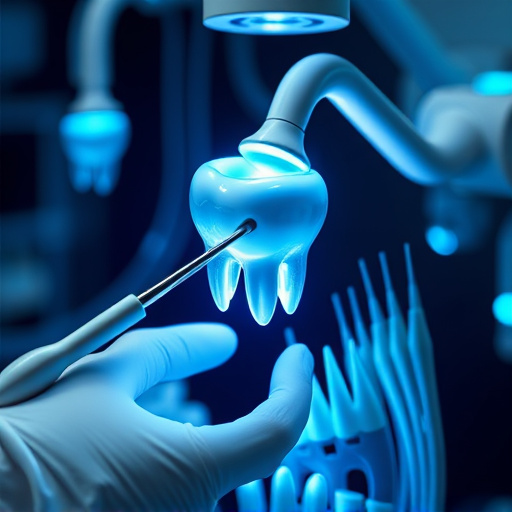
Assessing pain and swelling is a critical step when considering wisdom teeth removal. If you’ve been experiencing persistent discomfort or noticeable inflammation around your molars, it could be an indication that your wisdom teeth are causing issues. Wisdom teeth removal is often recommended when these teeth partially erupt, becoming impacted, or cause nearby teeth to crowd and shift. This can lead to severe pain, swelling, and potential damage to adjacent teeth. Regularly examining any changes in your oral health, including increased sensitivity, redness, or pus around the gums near wisdom teeth, is essential.
Paying attention to these signs early on may prevent more complex procedures later. While some people may require immediate action due to severe pain and swelling, others might have milder symptoms that can be monitored. It’s worth noting that proper dental care, including regular teeth cleaning and checking for any issues with clear aligners or cosmetic fillings, is crucial in maintaining oral health and potentially delaying the need for wisdom teeth removal.
– Understanding the common pain patterns associated with wisdom teeth
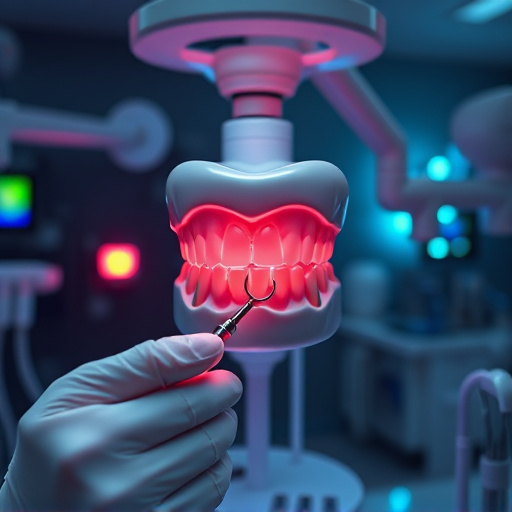
Wisdom teeth, or third molars, often cause discomfort as they erupt through the gums, typically during late adolescence or early adulthood. Recognizing the typical pain patterns associated with wisdom teeth is crucial for understanding when it might be time to consider removal. Common symptoms include sharp or dull pain in the jaw, face, or around the affected tooth. This discomfort can radiate to nearby areas, leading many to describe it as an achy, persistent sensation.
In some cases, partially erupted wisdom teeth may cause food impaction, leading to gum inflammation and potential infection. If you experience swelling, redness, or tender gums around the back of your mouth, these could be signs that your wisdom teeth are trying to erupt and require professional attention. Regular dental check-ups and comprehensive teeth cleaning can help monitor these issues, but for persistent problems, restorative dentistry procedures like dental bonding might not be sufficient, and wisdom teeth removal may become necessary.
– Recognizing signs of infection and swelling around the impacted tooth
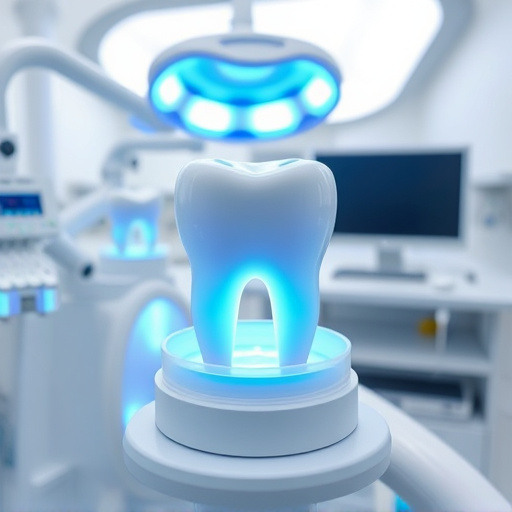
If you’re dealing with an impacted wisdom tooth, recognizing signs of infection and swelling is crucial for timely intervention. One of the first indicators that something is amiss is increased pain and sensitivity around the affected area. This could be accompanied by redness and swelling of the gums or skin near the tooth. In some cases, you might notice a foul odor from the mouth or experience difficulty in chewing or opening your mouth wide. If you observe any of these symptoms, it’s essential to consult a dentist, as they may recommend wisdom teeth removal to prevent further complications.
An infected wisdom tooth can lead to more severe issues, such as damage to nearby teeth, bones, or nerves. Emergency dental care is often required in such situations. Your family dentistry provider will assess the impact and may opt for a simple extraction or a more complex procedure, depending on the severity of the case. Regular check-ups with your dentist can help catch any potential problems early on, making wisdom tooth removal less invasive and more manageable.
If you’re experiencing persistent pain, swelling, or signs of infection in your jaw, it could be an indication that your wisdom teeth are ready for removal. Prompt action can prevent further complications and ensure a more comfortable future. Don’t ignore the signals your body is sending; consult a dental professional to discuss wisdom teeth removal and reclaim your oral health and well-being.






